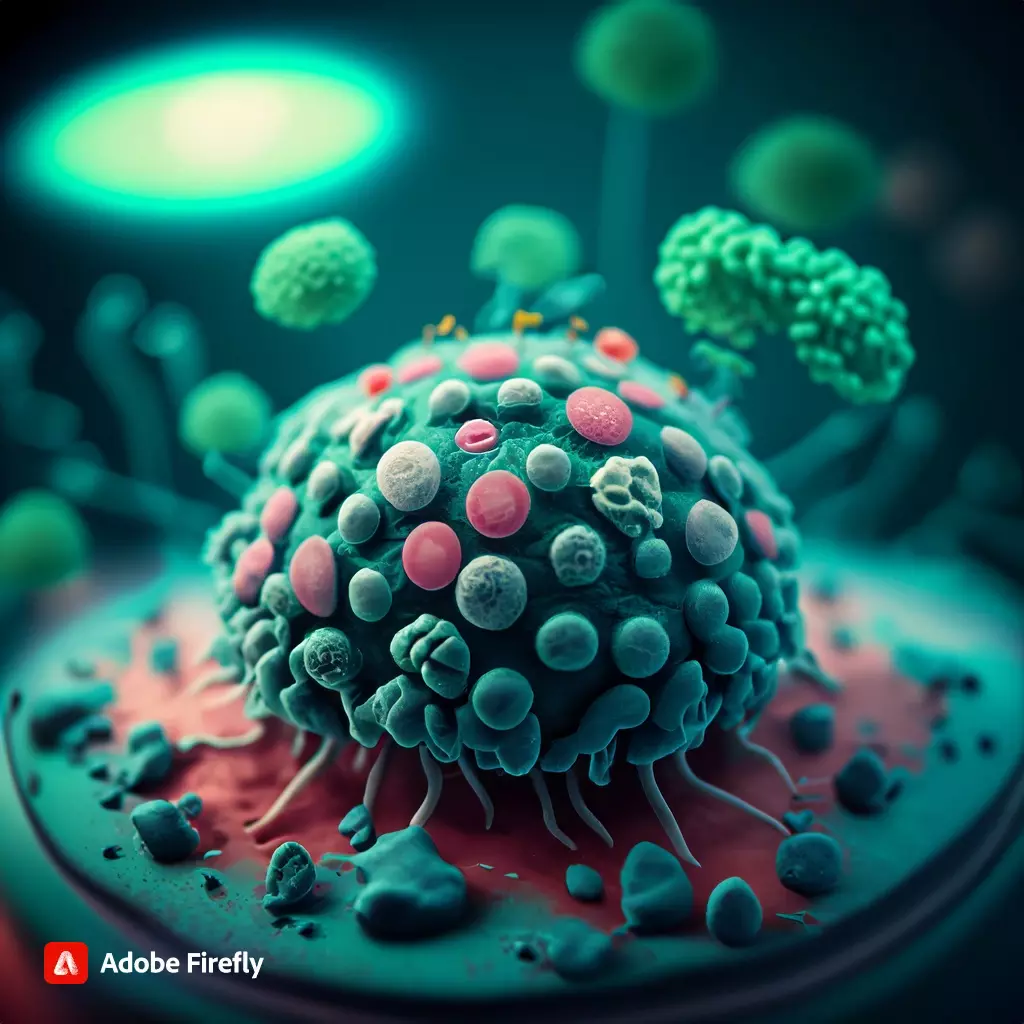Cancer, a complex group of diseases characterized by the uncontrolled growth and spread of abnormal cells, continues to challenge the field of medicine. Over the years, researchers have made significant strides in understanding the mechanisms that drive cancer development and progression. One area of increasing interest is the intricate crosstalk between cancer cells and their microenvironment. This article delves into the latest insights that shed light on this dynamic relationship and its implications for cancer diagnosis, treatment, and prevention.
The Tumor Microenvironment
Cancer is not solely a product of mutated cells; it also involves interactions between these cells and their surrounding environment. This environment, known as the tumor microenvironment, consists of various components, including stromal cells, immune cells, blood vessels, and extracellular matrix. The interplay between cancer cells and these components plays a crucial role in tumor growth, invasion, and metastasis.
Recent Discoveries
Recent research has revealed several key insights into the crosstalk between cancer cells and their microenvironment:
1. Immune Evasion: Cancer cells have evolved mechanisms to evade the immune system, allowing them to thrive. They can manipulate immune cells within the tumor microenvironment, suppressing the body’s natural defenses. Understanding these interactions is vital for developing immunotherapies that can reverse this immune suppression and enhance the body’s ability to fight cancer.
2. Angiogenesis: Tumors need a blood supply to grow and spread. Cancer cells can release signals that stimulate the formation of new blood vessels (angiogenesis) from existing ones. Targeting these signals has become a promising approach to inhibit tumor growth.
3. Extracellular Matrix Remodeling: The extracellular matrix, a network of proteins and carbohydrates that surrounds cells, plays a significant role in cancer progression. Cancer cells can modify the extracellular matrix to facilitate their migration and invasion. Understanding how cancer cells interact with and alter this matrix is crucial for developing therapies that can disrupt these processes.
4. Metabolic Adaptation: The tumor microenvironment can be metabolically distinct from normal tissues. Cancer cells can adapt to this environment by altering their metabolic pathways to support their rapid growth. Targeting these metabolic adaptations is a promising avenue for cancer treatment.
Clinical Implications
The insights gained from studying the crosstalk between cancer cells and their microenvironment have important clinical implications:
1. Precision Medicine: Understanding the unique interactions in each patient’s tumor microenvironment can help tailor treatment approaches. Personalized therapies that target specific aspects of this crosstalk are being developed to improve treatment outcomes.
2. Immunotherapy Advancements: Immunotherapies that modulate the immune response within the tumor microenvironment are showing promise in various cancers. These therapies aim to reactivate the immune system and enhance its ability to recognize and attack cancer cells.
3. Combination Therapies: Combining treatments that target cancer cells and their microenvironment is a strategy gaining traction. These combination therapies can disrupt multiple aspects of tumor growth and provide more effective treatment options.
The intricate crosstalk between cancer cells and their microenvironment represents a fascinating area of study that has the potential to revolutionize cancer treatment. Recent discoveries in this field are shedding light on the complex mechanisms that drive cancer progression and are guiding the development of innovative therapies. As researchers continue to unravel the mysteries of this dynamic relationship, new avenues for early detection, prevention, and effective treatment of cancer are on the horizon.
Also Read: Understanding Stages Of Grief: Navigating Path To Healing
https://thelogicalindian.com/h-upload/2023/09/21/500x300_233598-firefly-cancer-in-microenvironment-2745.webp
Trending
2023-09-21 09:27:41.0
Illuminating Intricate Crosstalk Between Cancer Cells & Their Microenvironment











